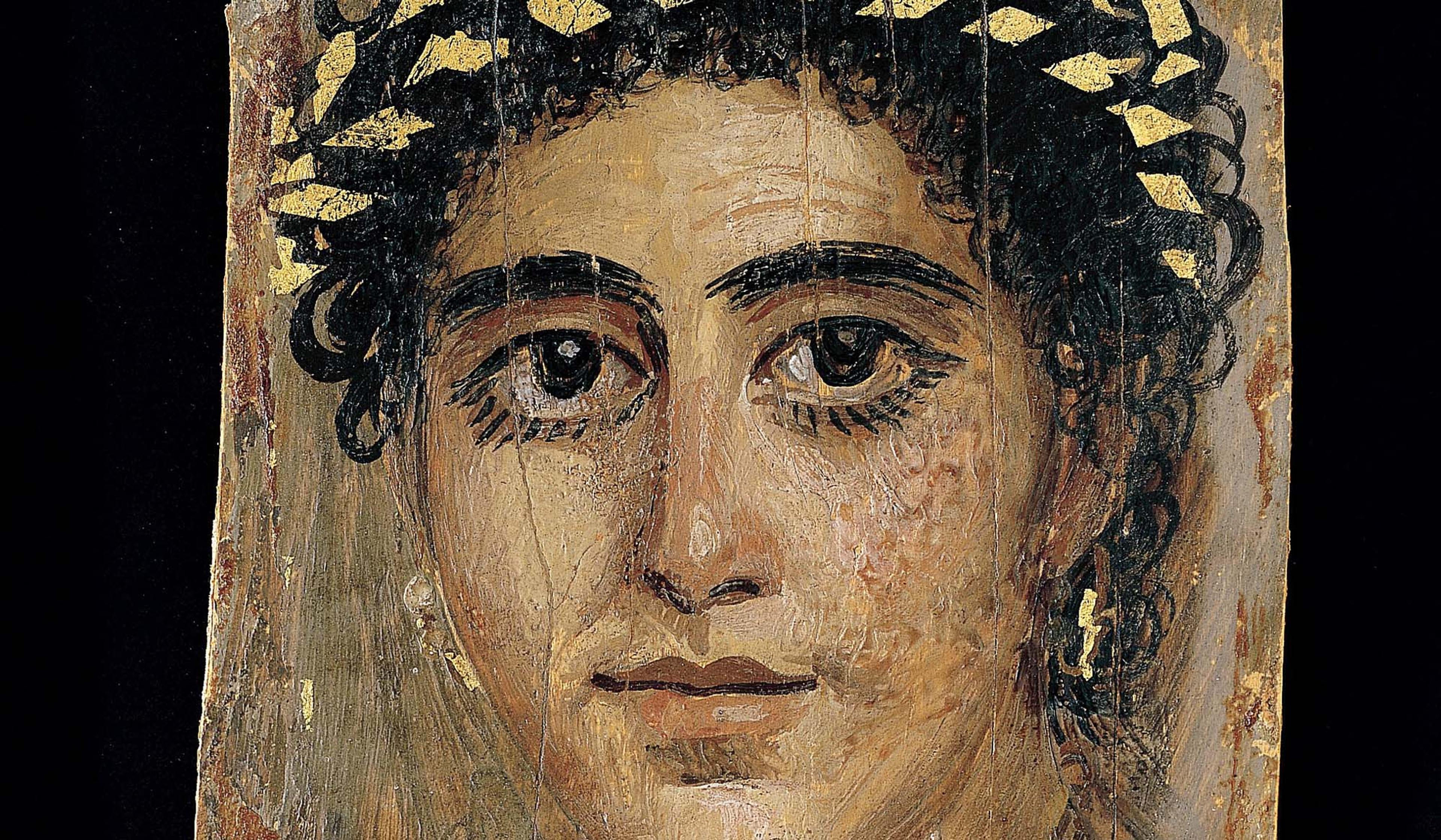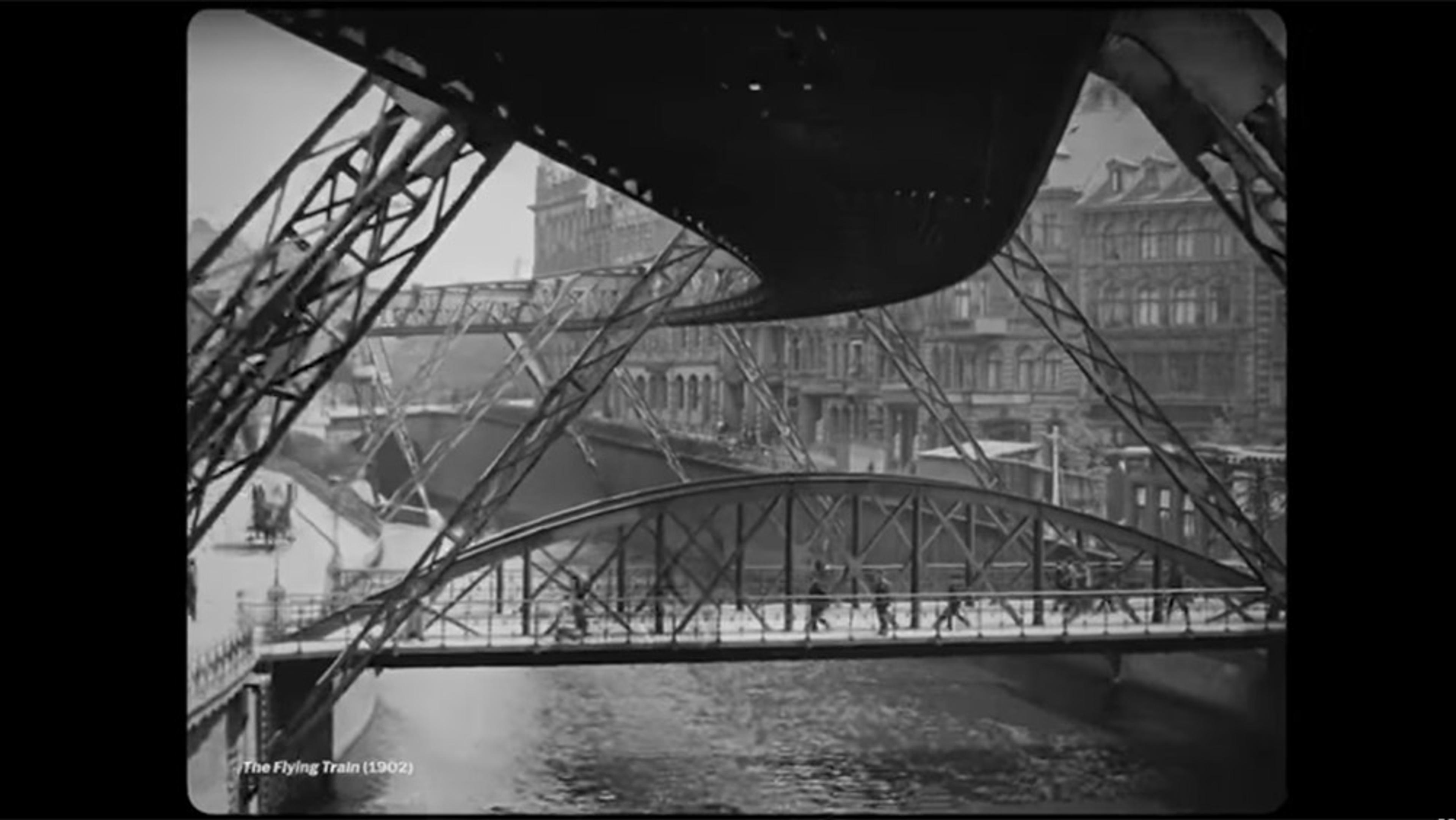Released by New York’s Metropolitan Museum of Art in 1925, this short film features nearly century-old footage of daily life in the Nile valley. With a distinctly Western perspective, the piece establishes similarities between early 20th-century Egypt and Pharaonic Egyptian life – including mud brick architecture, preindustrial farming and weaving techniques, and the centrality of festivals and the river to the region’s culture. As hinted at by the introductory titles, these through-lines from ancient past to then-present are perhaps overstated, with centuries of Islamisation and Arabisation following the conquest of Roman Egypt in the 7th century CE barely acknowledged. Despite this shortcoming, the refurbished footage is still a visual thrill, providing an extraordinary window into life along the Nile valley as it existed at the dawn of anthropological filmmaking.
Stunning century-old footage of the Nile valley carries echoes from the ancient past
Video by The Metropolitan Museum of Art
Cinematographers: Harry Burton, Albert M Lythgoe

videoThe ancient world
Haunting dispatches from the edge of the Roman Empire, just before its collapse
15 minutes

videoFilm and visual culture
Our ideas about what early movies looked like are all wrong
11 minutes

videoArt
From archaeology digs to display cabinets: how museums bring exhibits to life
37 minutes

videoCities
Walt Whitman’s poetry frames scenes from 1920s New York in this film classic
10 minutes

videoHistory of technology
Racing through time on a Brooklyn Bridge trolley ride in 1899
9 minutes

videoArchaeology
What did the first people who entered Tutankhamun’s tomb see?
5 minutes

videoArchaeology
Frozen for millennia, an ancient Greek soldier is freed to charge into battle once again
8 minutes

videoHistory of technology
See the Mediterranean as it was captured in some of the earliest surviving photographs
20 minutes

videoHistory of technology
Remarkable historical footage is locked behind paywalls. It’s time to set it free
4 minutes